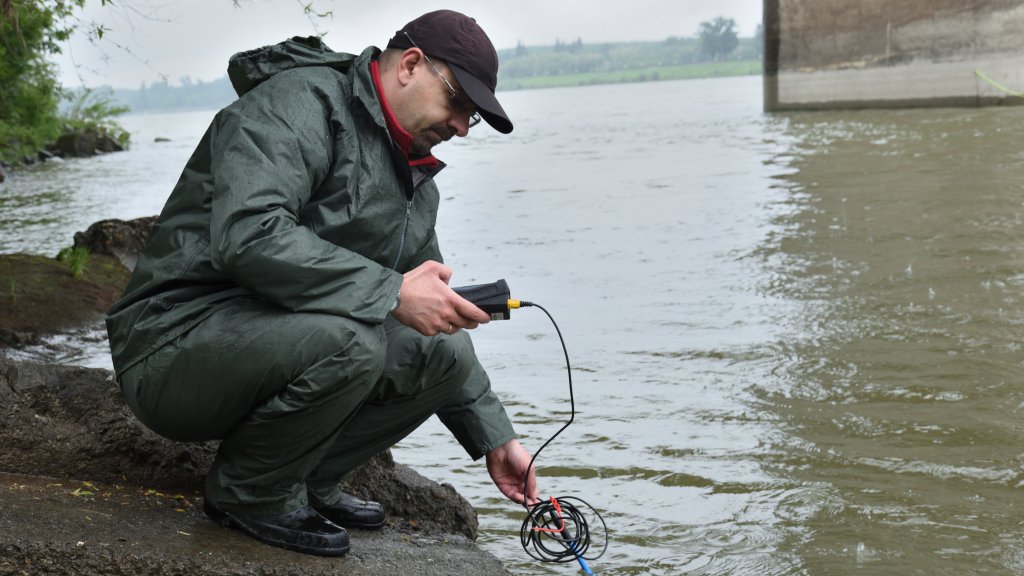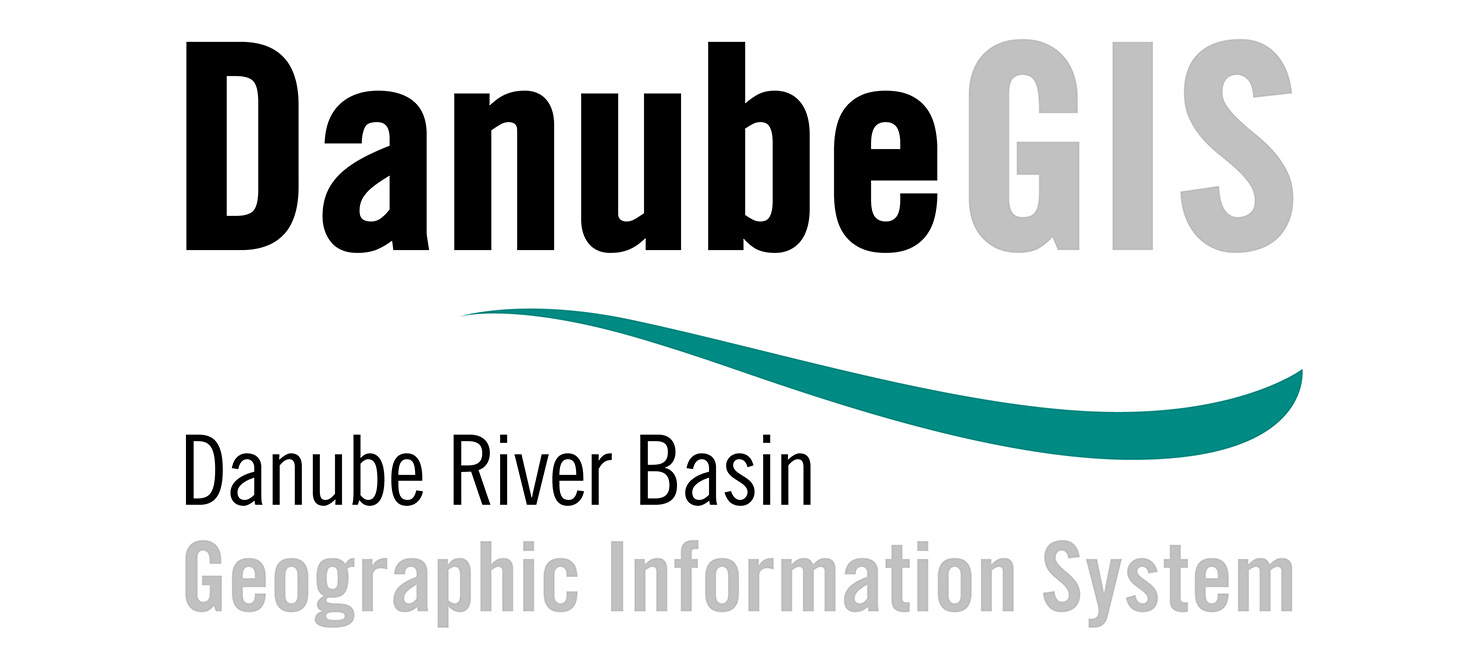Expected Outcomes

With the aim of obtaining a complex picture of the water quality in the Danube and its major tributaries, the annual assessment of water quality – published every year in the ICPDR TransNational Monitoring Network’s (TNMN) Yearbooks – has been supplemented by periodic investigations: the Joint Danube Surveys.
These are carried out every six years in sync with the river basin management planning period according to the EU Water Framework Directive (WFD) which requires that Danube River Basin countries periodically assess certain water characteristics, while the ICPDR sets out processes and goals for the cooperation.
The WFD assessment must include determining the quality and quantity of waterbodies, the effects of human activity on the surface and groundwaters, and the economic effects of water use.
The outcomes of JDS5 will help to cover the information gaps deemed necessary for the planned 2021 update of the Danube River Basin Management Plan.
Primary expected outcomes include:
- Enhanced Knowledge on Biological Quality and Biodiversity: Data from eDNA and traditional sampling methods will contribute to a better understanding of biological quality and species diversity across the Danube, with a special focus on the Danube Sturgeon.
- Insights into Pollution Trends: By comparing current data with previous surveys, JDS5 will highlight changes in pollution levels and identify emerging issues.
- Informed Policy Recommendations: Findings from JDS5 will inform policies on water management, biodiversity conservation, and pollution control, supporting sustainable river management.
- Stronger Community Connections: Through initiatives like the Tidy Up Campaign and the various Danube Day events, JDS5 aims to engage the public in conservation efforts.


